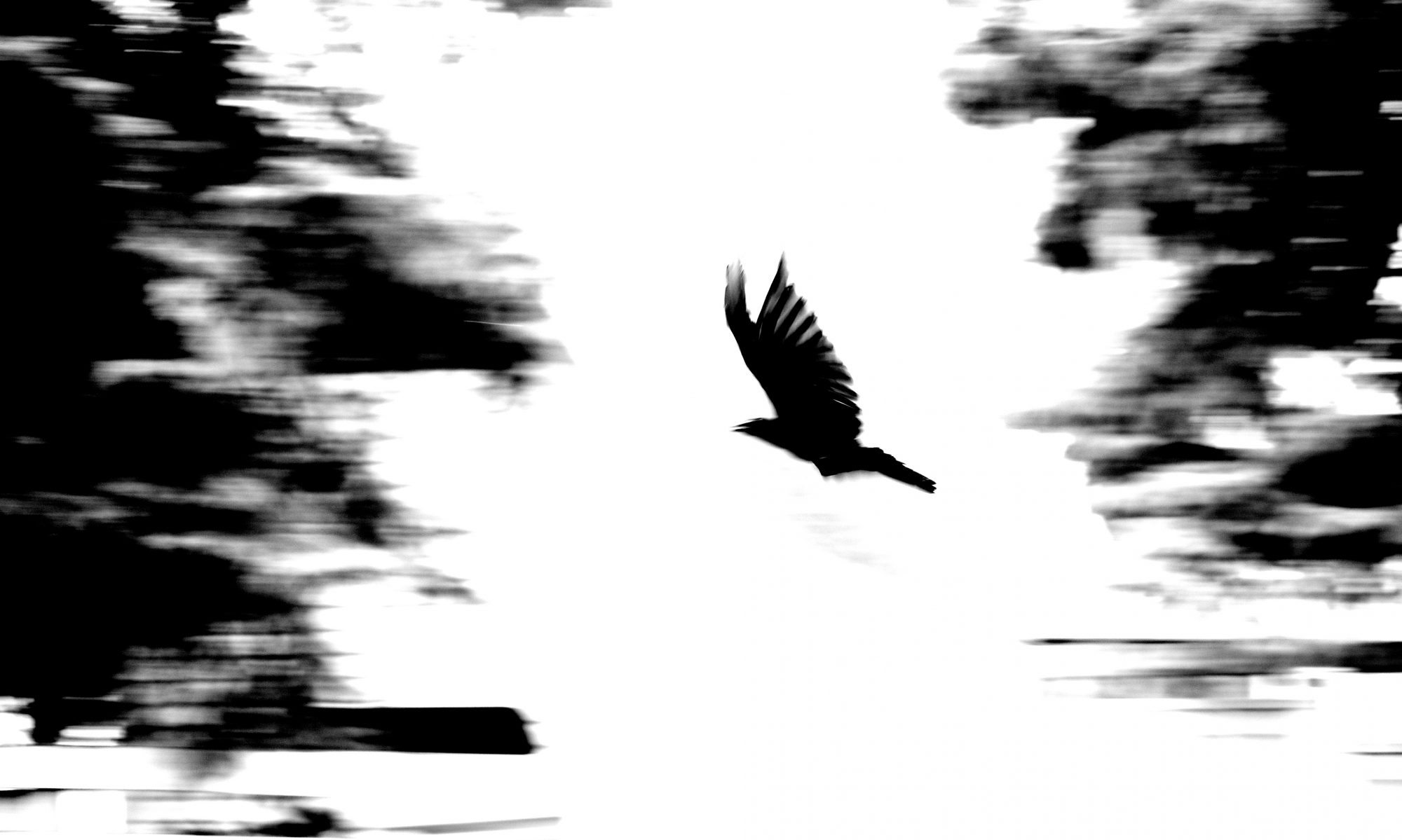(Extinct) grizzlies, maybe-extinct aliens (or us?), prairie plants and pollinators, pollinator (and other insect) poetry, and a bit of balance.
Cloak and dagger natural history in California
When Johnson and Grinnell returned to Booth’s shop to follow up, they found Booth with a cleaned skull, which he promised to hand over when the job was done. But Grinnell recognized that the specimen was the skull of a polar bear. Grinnell kept quiet—he worried that confronting Booth would only diminish his chances of ever getting the real grizzly skull. Later Booth told Grinnell that if he wanted the skull (the polar bear skull that he was falsely presenting as a grizzly skull), he would have to bid against Grinnell’s good friend Frank S. Daggett at the Los Angeles County Museum of History, Science and Art.
ET may not be as nice as the creature in the movie
Possibility 5) There’s only one instance of higher-intelligent life—a “superpredator” civilization (like humans are here on Earth)—who is far more advanced than everyone else and keeps it that way by exterminating any intelligent civilization once they get past a certain level. This would suck.
You’ll probably spend the rest of your afternoon on this site.
Museums across Canada protect and preserve collections of plants and insects along with their collection data. These data are used to help scientists determine habitat preferences, and changes in species’ distribution and abundance over time. These specimens are therefore used to determine whether a species is in danger of becoming extinct! The gallery pages for each species will allow you to see actual Museum research specimens and photographs of the organisms in a natural setting.
Now he is taking on insects in poetry as third co-editor of a new eBook called The American Entomologist Poet’s Guide to the Order of Insects, which includes about 90 poems that date from the seventeenth century up to the present, with at least one poem for each insect order. Contributors include three U.S. Poets Laureate (W. S. Merwin, Kay Ryan, and Ted Kooser), and luminaries such as John Keats, Emily Dickinson, Alfred Lord Tennyson, Walt Whitman, Carl Sandburg, Robert Burns, William Wordsworth, Jonathan Swift, John Donne, and many others.
There is a blending of work and life that woos us with its promise of barbecues at work and daytime team celebrations at movie theaters, but we’re paying for it in another way: a complete eradication of the line between home life and work life. “Love what you do,” we say. “Get a job you don’t want to take a vacation from,” we say—and we sit back and watch the retweets stream in.
I don’t like it.
One night, late in the summer of 2012, discussion at my dinner table turned to the venerable topic of What to Be When You Grow Up. My older son, Griffin, then nine years old, wanted to be an “underwater paleontologist.” His little brother, Huck, then seven, wanted to be a monkey.
“Do you know what I do for a living?” I asked Huck.
His eyes grew wide. “All you do is sit on your computer and say, ‘Blah blah blah Congress, blah blah blah Mitt Romney’!”
